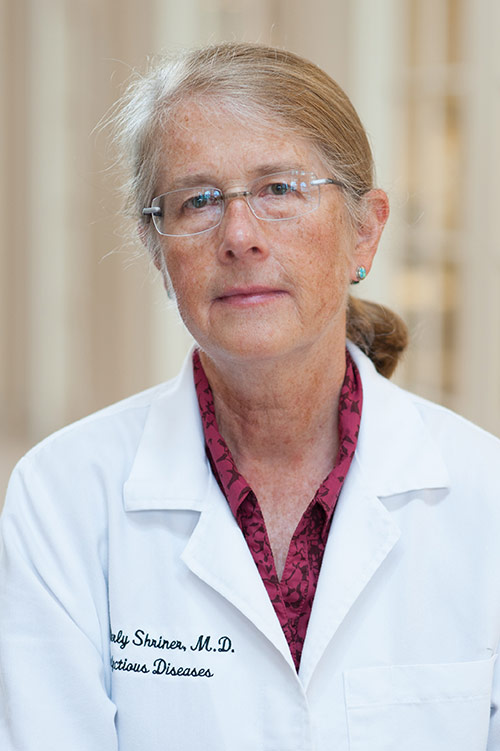
By Kimberly A. Shriner, MD, Medical Director of Infection Prevention and Control, Huntington Health
As we all know, we are seeing yet another highly contagious variant of COVID-19 in our community, Omicron BA.4 and BA.5. You likely know at least one person who has been infected over the past month or so, and our hospital is seeing the impact of the increase in cases as well, with the rise of COVID-19 hospitalized patients. Current statistics of community disease are misleading as so many are testing at home, but we can see the continued rise of hospital visits, if not admissions, that are testament to this surge.
Although hospitalizations are much less than the numbers we saw last year, they are on the rise. Yes, many of those hospitalized are due to non-COVID reasons, but they still test positive, are still infected and require additional strains on isolation and staffing. We know by now that vaccinations and up-to-date boosting diminish disease severity and risk of death, but they don’t protect against infection. Although these current variants escape much of the immunity of vaccination and previous infection, unvaccinated individuals remain at high risk of more severe disease. In addition, recent large, well-done studies have shown the significant short and long-term risks of re-infection with COVID, so it behooves all of us to continue to avoid this still very dangerous and challenging virus. The threat of Long COVID, a common debilitating chronic disease also should encourage ongoing individual and community protection
With that, we continue to urge individuals to get vaccinated and boosted to protect themselves, their family, their friends and their community. At this time, a second COVID-19 booster is not yet authorized for the general population. We do know that people 50 and over and immunosuppressed individuals (solid organ transplant, cancer, uncontrolled HIV, use of immunosuppressive drugs and hematologic malignancies) would benefit from a fourth dose to produce a protective response. The CDC has authorized an additional dose of vaccine for this group. Masks are an easy, safe and well-established protection, especially high-performance masks such as N95s. Social distancing and outdoor activities are safer and careful risk considerations about activities help create a safer and more pleasant summer.
We all want this pandemic to end and thankfully we have improved resources for that to happen, but COVID is not done with us and so we must carry on. It’s critically important that we all remember the tools we have – masking, testing, staying home if you are experiencing signs/symptoms – so we can prevent not only the spread but serious illnesses and death from this disease, now and in the future.
 English
English Espanol
Espanol 简体中文
简体中文 Tagalog
Tagalog հայերեն
հայերեն 한국인
한국인 Tiếng Việt
Tiếng Việt فارسی
فارسی русский
русский 日本
日本 عربي
عربي